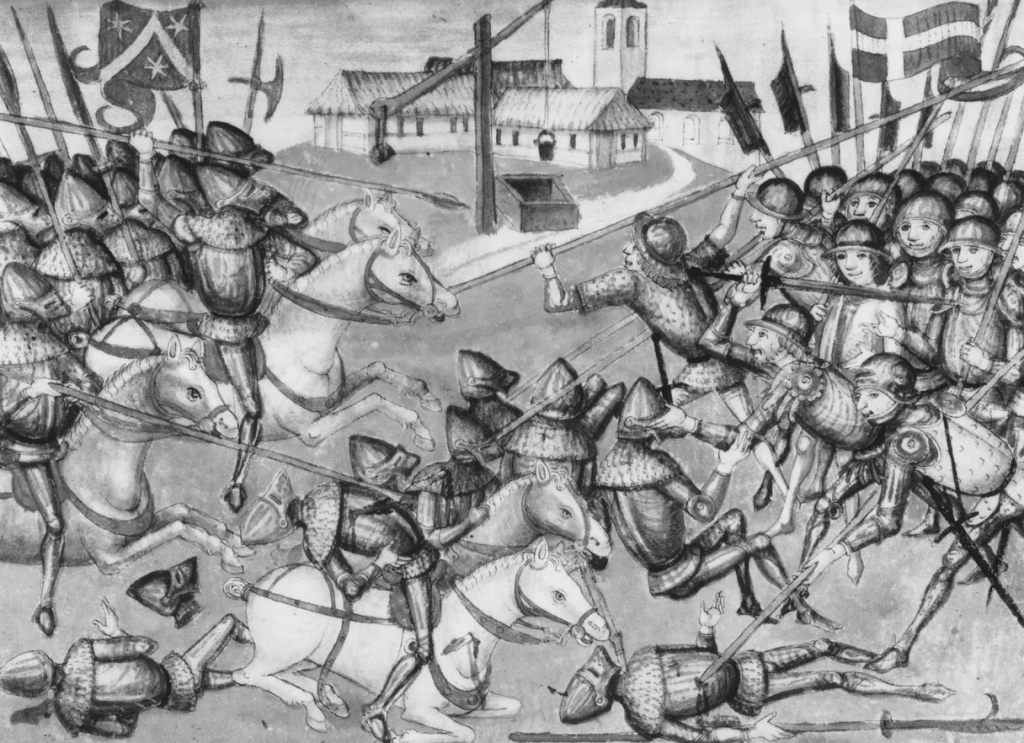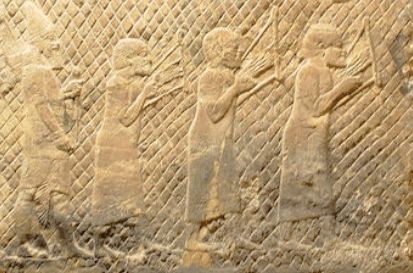The ancient Near East, a cradle of civilization, saw the bow evolve from a tool for hunting into a symbol of power, faith, and military prowess. Archery was integral to the military strategies of empires and tribes, leaving an indelible mark on culture, religion, and warfare.
This article explores the legacy of archery in the Near East and its influence on Arab, Islamic, and Christian civilizations in shaping both the battlefield and the artistic expression of these societies.
Archery’s Role in Ancient Warfare as A Key Military Tool
The bow has been integral to the military forces of the Ancient Near East, evolving from a hunting tool to a significant instrument of war. Early Sumerians, Assyrians, and Babylonians used bows in battle, with the Assyrians particularly noted for their use of archers in combat. The ability to strike enemies at a distance made archery a valuable asset on the battlefield.
The Development of the Composite and Arabian Bows


The composite bow, invented around 2000 BCE, was a technological marvel that combined wood, horn, and sinew to create a weapon that could deliver powerful shots from a longer range. By layering different materials, early craftsmen created a flexible, durable weapon capable of extraordinary power.
The Arabian composite bow, a variation of this design, became a central feature in the military tactics of early Islamic forces. Its shorter size made it ideal for mounted archers, who could quickly launch arrows while riding horseback. This was a key advantage for the Bedouins and, later, the Rashidun Caliphate during their military campaigns across the Middle East.
Archery in Islamic History as Military Strategy and Spiritual Discipline


In early Islamic history, archery was not only a military tool but a symbol of moral discipline and spiritual strength. Prophet Muhammad (PBUH) encouraged archery as a skill for both self-defense and to fortify the Muslim community. The famous hadith, “Teach your children archery and swimming,” reflects the importance of archery in Islamic culture.
The Rashidun Caliphate (632-661 CE), for example, made extensive use of mounted archers during key battles, such as the Battle of Yarmouk (636 CE), which decisively shaped the history of the Islamic empire.
Christian Archery: The Crossbow and the Crusades


In Christian military history, archery took a slightly different form. By the 11th century, the crossbow emerged as the primary ranged weapon in Christian Europe. While traditional bows required significant skill to use, crossbows were easier to operate and provided a powerful alternative on the battlefield.
During the Crusades, the crossbow played a pivotal role, with Crusader forces using it to gain a tactical advantage against Muslim armies. In addition to the crossbow, Byzantine archers used composite bows, which had already been in use for centuries.
The Lasting Legacy of Archery in Modern Culture and Sport
The legacy of archery in the Ancient Near East is still felt today. While bows have largely been replaced by firearms, the craftsmanship and strategic use of the composite bow remain subjects of interest for historians and military enthusiasts.
Additionally, archery competitions are still popular in various parts of the world, with many countries in the Middle East maintaining traditional archery practices. The symbolism of the bow in both Islamic and Christian traditions continues to shape cultural and religious iconography.
WE ALSO SAID: Don’t Miss… Volcanic Landscapes in the Region: A World Beneath the Sands



